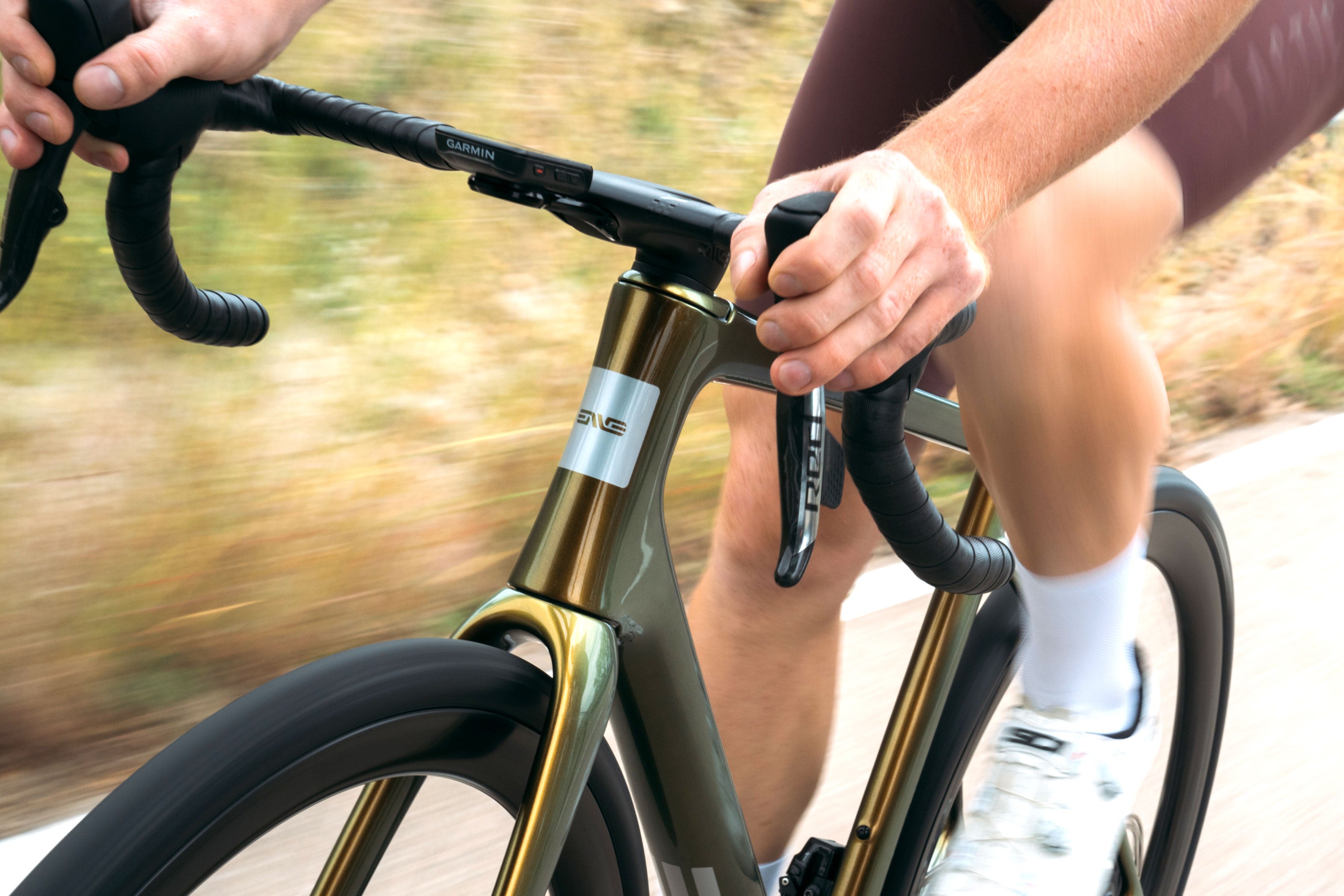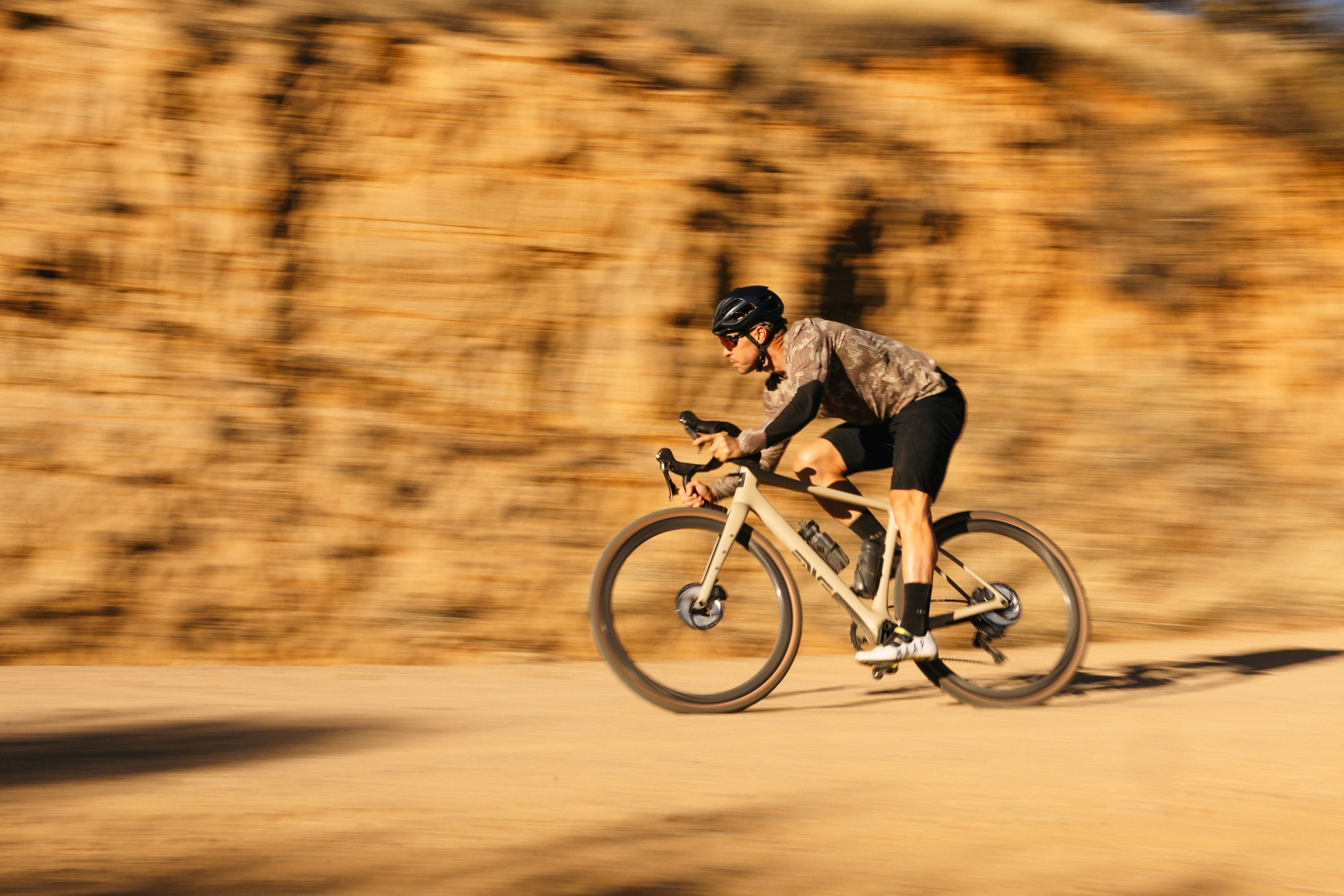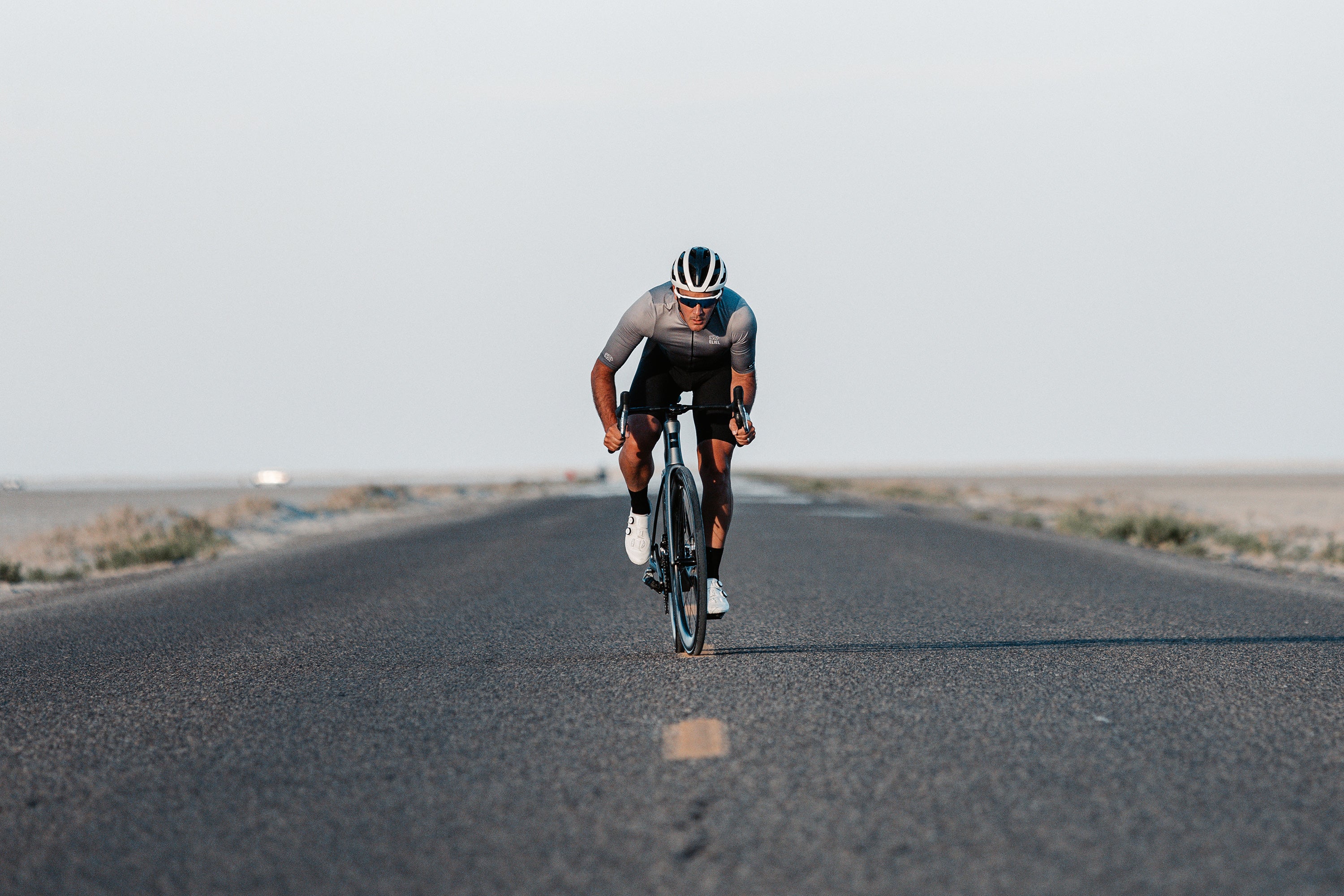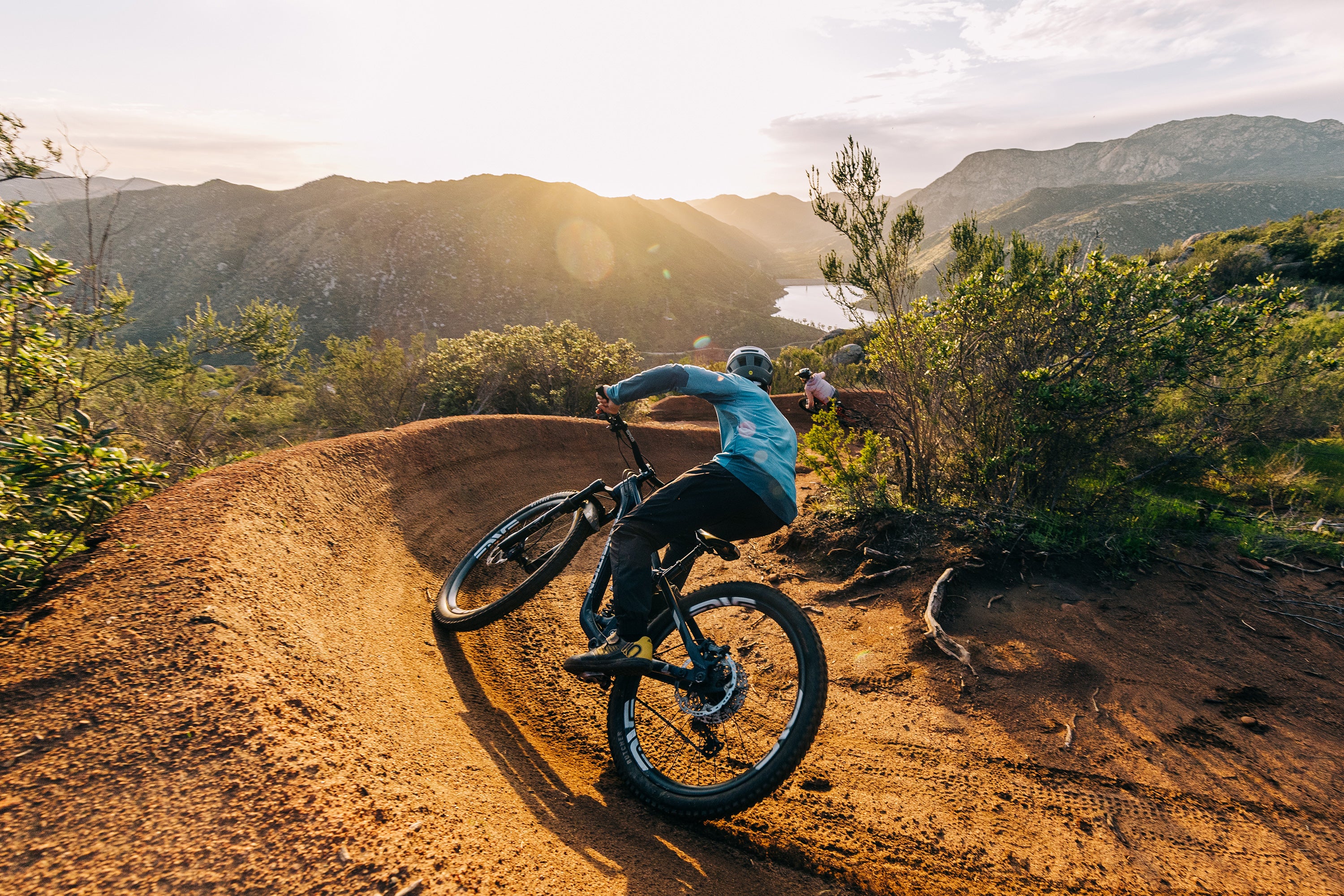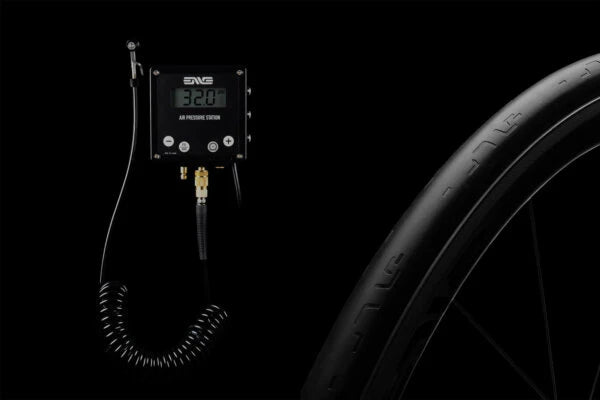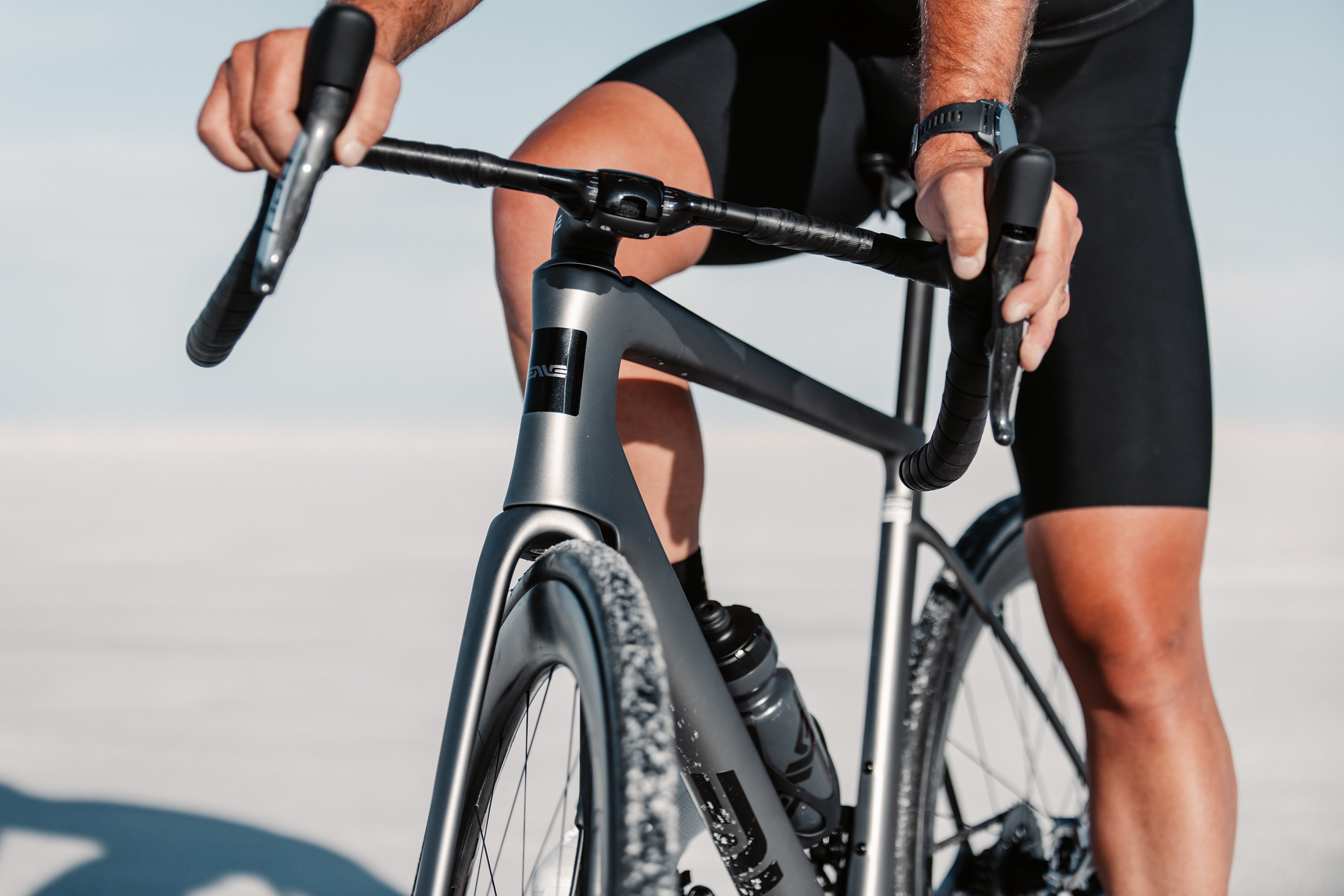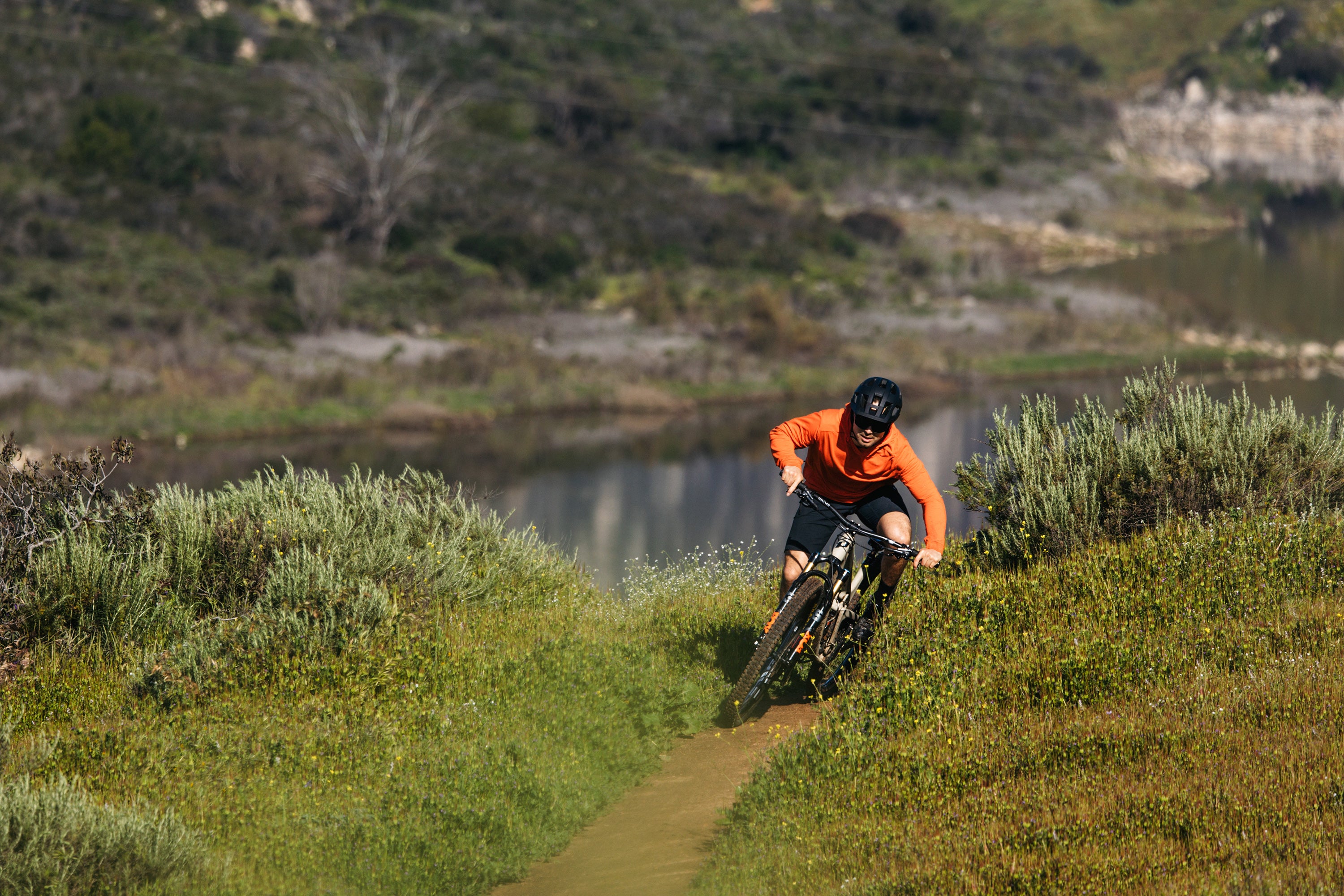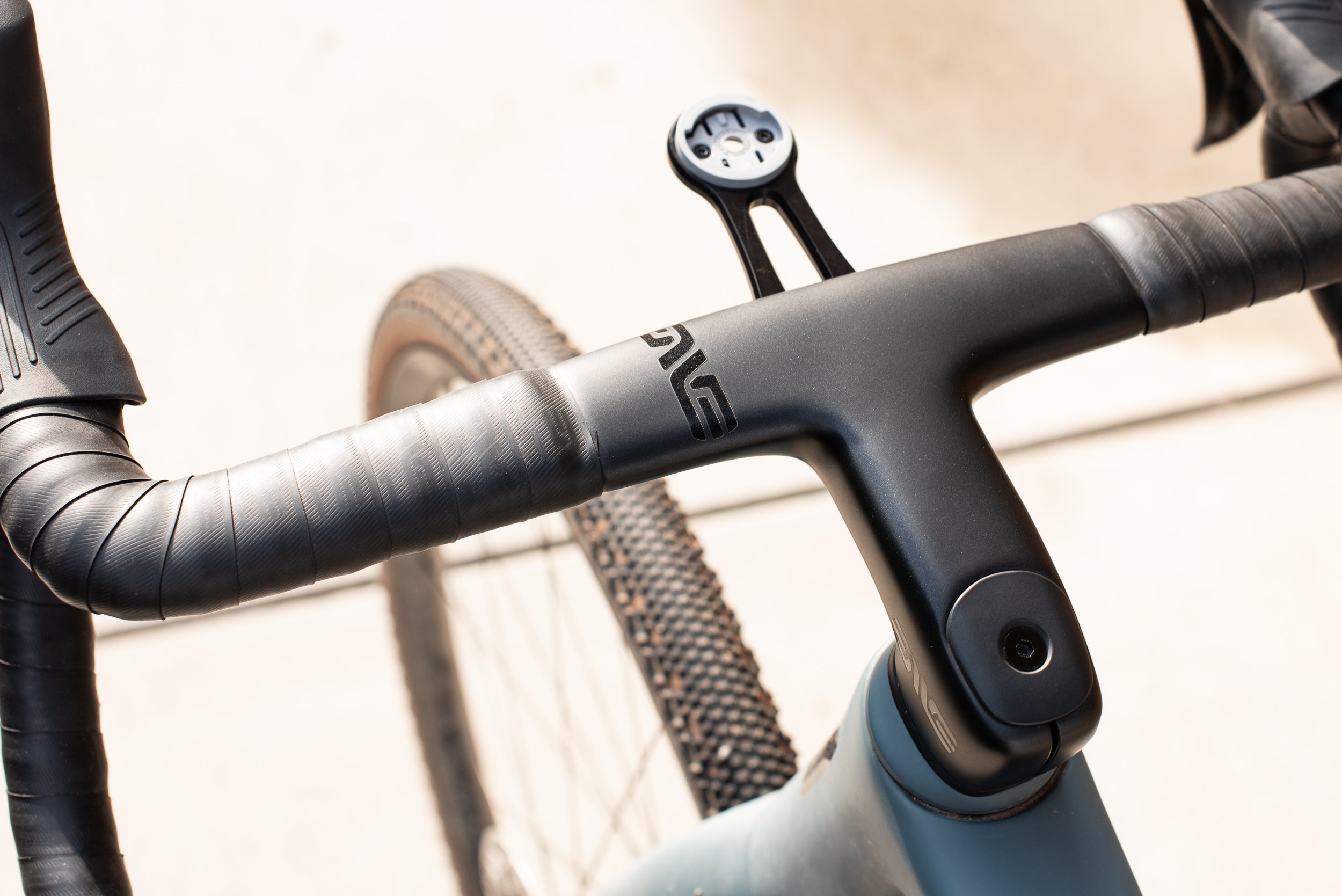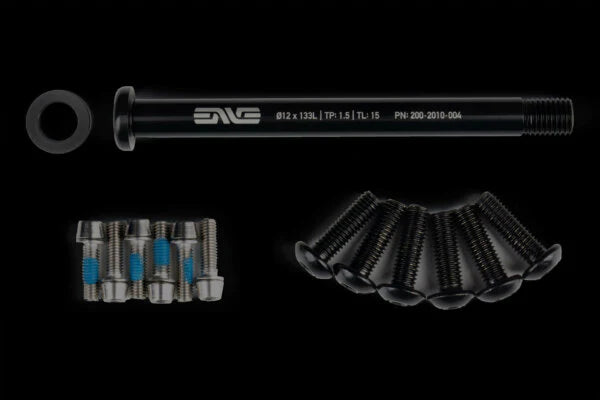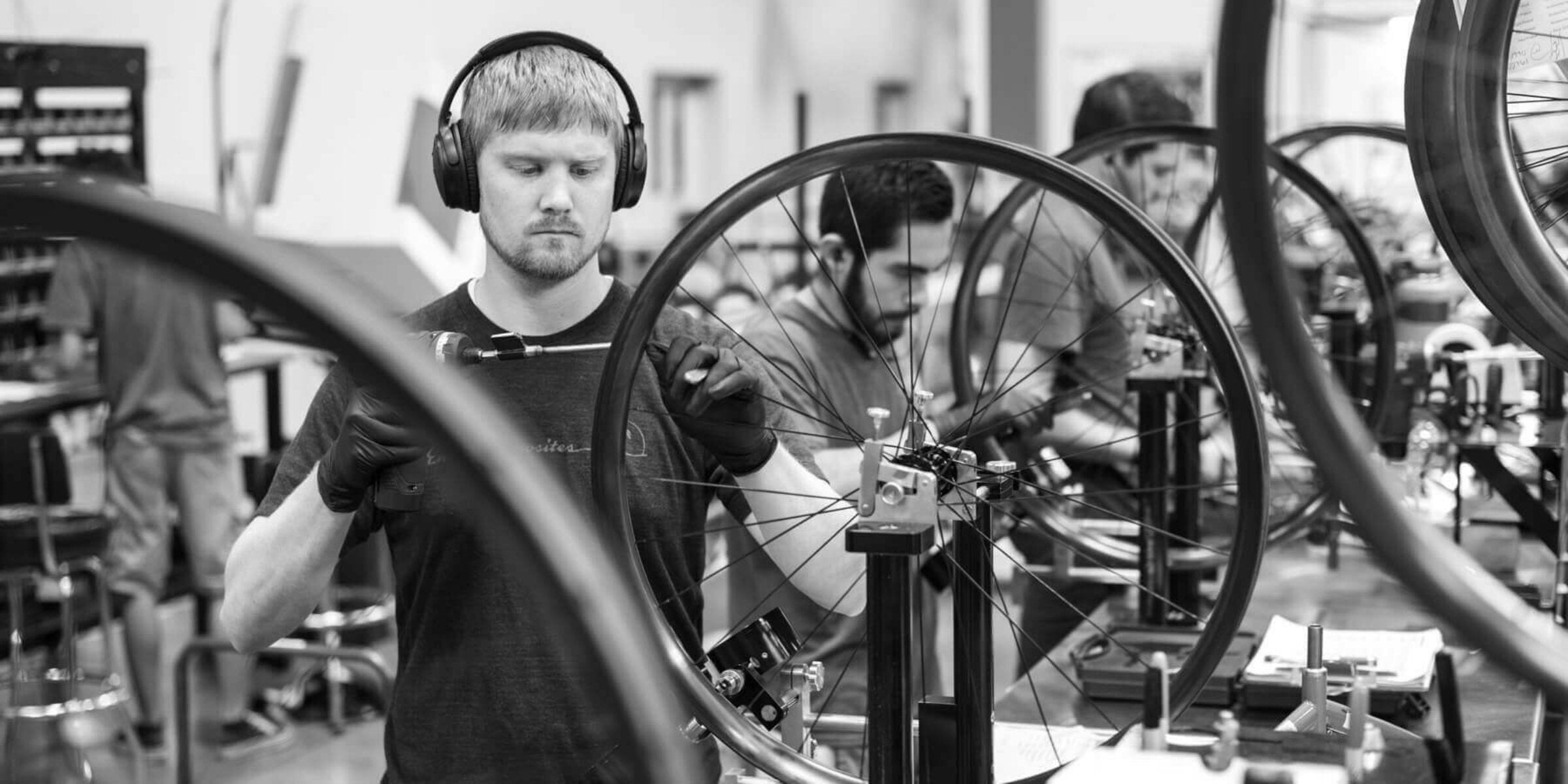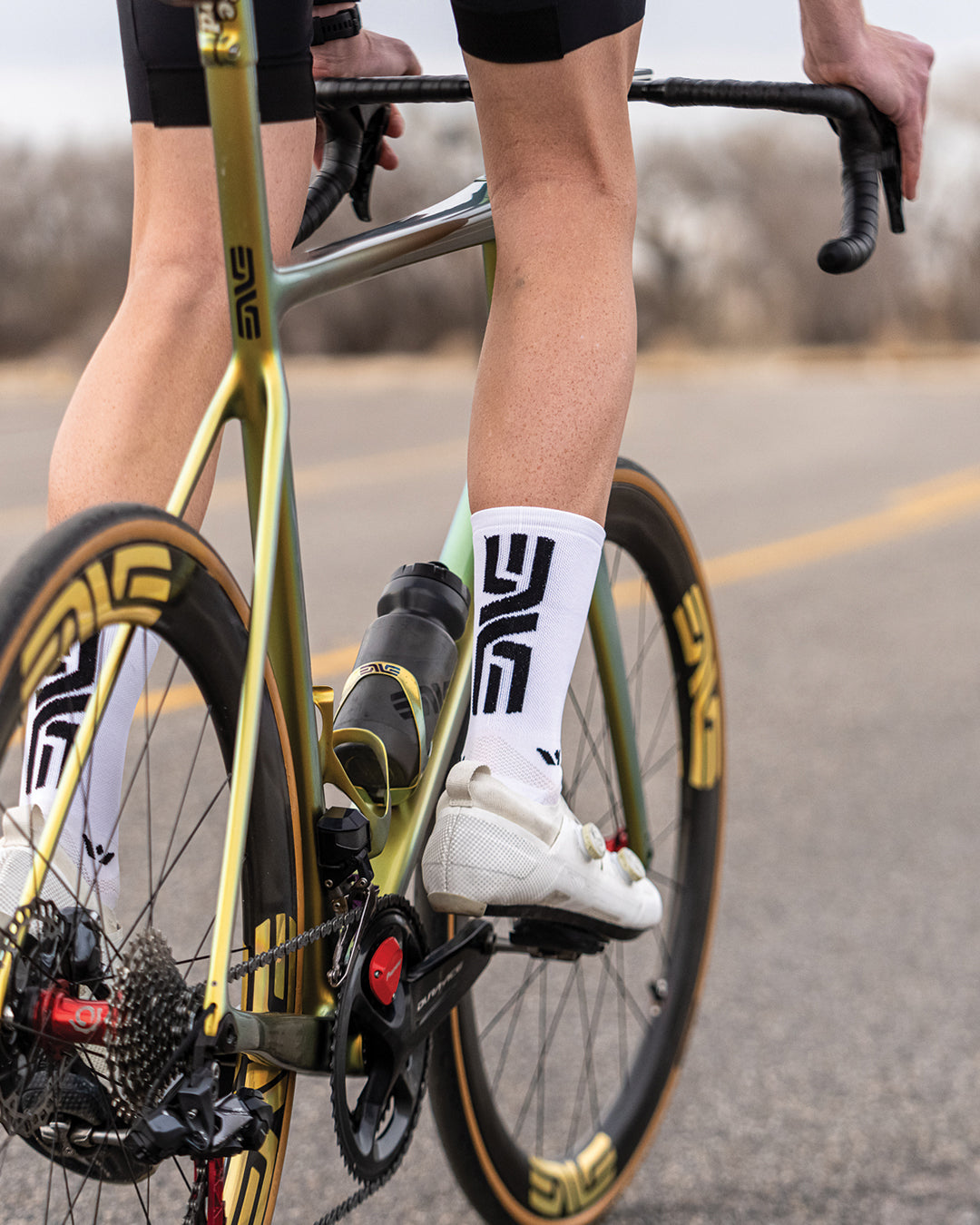How we Tested the Next Generation of M Series Wheels
When it comes to ride quality and durability, the 5th generation M Series line is setting a new standard. Drawing on over 18 years of testing, each wheel in the line has been engineered to excel both in the lab and on the trail.

How it Started: the World Cup DH season goal of "No Lost Runs"
Our partner the Commencal/Muc-Off by Riding Addiction team came to us with a challenge: they wanted to go through every race week without losing a single run to a tire or rim failure. With only a few hours per day to practice, and bike tuning, lift lines, and trail scouting to do, there’s limited time for riders to actually put their tires in the dirt before a race. If they puncture a tire or break a component during a practice run, they are taking precious time away from their time allotment–especially if they have to walk down the trail back to the pits. Every practice run they miss means potentially losing speed in their race run. And when races are decided by hundredths of a second, there’s no time to lose.

In 2023, we accomplished the “No Lost Runs” goal, as the team never had a practice or race run end prematurely due to a puncture or rim failure. We were immensely proud of the achievement, and consider it one of the many benchmarks that proved the new M Series line was ready for consumers.
How Strong are ENVE Rims? And How are they tested?
As the first company to create gravity-rated carbon wheels, we created impact tests to evaluate the strength of the prototypes we were building off the line. We’ve improved those tests with every generation, and for the latest line, have created new tests to give us additional understanding of the long-term impact of riding abuse on the trail.
ENVE has established three comprehensive impact test standards, each designed to replicate the most common scenarios riders face on the trail. Tests one and two are long standing exercises that we have used to benchmark rim strength. Test three is new, and has increased our test resolution, giving more insight real world riding.
Each test is done in a fixture that holds the wheel steady and drops a calibrated weight directly onto the rim at different heights. The rim has a tire installed and is inflated to a set PSI for the entirety of the test. The simulation puts significant stress on the wheel, since it being fixed in place removes the typical energy absorption from the rider’s body and the bike’s suspension on the trail. A small impact on the fixture equates to a much larger one in the field.
ENVE’s Three Impact Test Standards

1. Standard Impact Test: Established in 2007, this test drops a weight directly onto the rim, impacting both rim walls at the same time. It mimics a square edge impact like casing a jump, or failing to pick your wheel up over a ledge. The height of the weight is increased incrementally until the first visible sign of damage occurs. The ENVE Standard Impact Test Requirements for each discipline are: XC = 10", Trail = 12, Gravity = 14".

In this test, the new M5 Pro & M6 are objectively stronger than their Gen. 4 M Series counterparts. The M8 and M9 Pro achieve similar results as Gen. 4, but their real-world durability is much higher, and the failure mode is improved. A failure for the M8 and M9 Pro is defined as the, "first sign of damage," which is typically a small crack near a spoke hole. In contrast, Gen 4 rims more commonly experience a full cross-section break at first visible damage. This is the difference between riding out of a trail on a broken rim versus walking. Full cross-section breaks on M8 and M9 Pro do not occur in this test until much higher impact values.
2. Single-Sided Impact Test: This test, added to ENVE’s test protocols in 2014, drops the weight onto only one rim wall. It replicates what we've found to be the most common type of rim impact in the field, those isolated to one side of the rim in combination with a lateral load. Rims are most susceptible to cracks or dents as a result of this impact because the load is focused to a small area of the rim rather than being spread across the entirety of the rim in a Standard Impact. This test is also used to identify pinch-flat performance of a given rim shape.

The introduction of zone-specific Wide Hookless Beads has markedly improved performance in this category, allowing for better management of forces that concentrate on one side of the rim.
ENVE Single-Sided Impact Test Requirements: XC = 5" Trail = 6" Gravity = 8"DH Race = 10"
3. Every Spoke Hole Impact Test : The newest test in the ENVE test lab, this 2021 addition evaluates structural fatigue from cumulative impacts at each spoke hole. Rather than impacting the same spot at higher values until failure as in the other two tests, the wheel is rotated after every impact. This ensures every spoke hole is impacted until first visible damage. This can mean 100+ impacts on the same rim until damage is found. The results of this test better highlight the improvement we see in the real-world when compared to other tests.


This score is achieved by multiplying the number of impacts by the max standard impact result achieved. For example, 100 impacts at an impact level of 10” equals a score of 1000. This test highlights the massive gains in reliability and toughness in Generation 5 M Series over Gen. 4.
M5 = 30% Improvement over M525
M6 = 47% Improvement over M630
M8 = 21% Improvement over M730
M9 = 10% Improvement over M930
Benchmarked Competitor Analysis
Using test 3, we compared the Gen. 5 M Series wheels to benchmarked competitors in each category. We were validated by the results that found each M Series wheel to lead the market in the real-world strength and durability in their respective classes.
M5 Pro
While not the lightest in its segment, the M5 Pro strikes the most refined balance of strength to weight performance for the cross country market. The lightest wheel in this test was unsurprisingly the most fragile, confirmed both in the lab and real world testing.
One notable finding was with competitor rim “A”, which saw a 40% reduction in strength for only an 11% reduction in weight. These trade-offs are why the M5 Pro was not designed with a no-holds-barred approach to weight savings, but rather a search for the ideal balance of ride quality, weight, and durability.

M6
The M6 delivers a nearly 40% improvement in impact durability over target competition while being slightly lighter weight. Being the wheel of choice for everyday riding in any terrain, a stronger for the weight rim means more reliability and performance for every type of riding.

M8
Reliability is the name of the game when it comes to gravity riding. The M8 delivers on average a 30% improvement in impact toughness over the competition. These scores are strength and weight focused, but do not tell the complete story of the added ride quality that comes from the M8’s compliance.

Real-World Insights: Why It Matters
The most important part of testing is to analyze the data at a high level to find key trends and insights that can influence the project as a whole. Here are key insights derived from M Series testing:
Compliant rims manage impacts better.
Having a slight give in a rim allows for more energy to be absorbed by the suspension and tires before making impact with the rim. This means a stiff and compliant rim with the same strength ratio actually aren’t the same in the real world, as energy is absorbed better by the compliant rim system than the stiff one.
Pinch flats and rim damage can be reduced by using smarter design.
This testing round confirmed that the technologies ENVE uses to protect rims and tires continues to have merit. In fact we widened the bead of rear rims to provide additional protection for our riders. The Protective Rim Strip continues to live on with the M9. as there’s no other product on the market that can do what it does.



Optimizing for a single metric will compromise others.
A rim with more forgiveness allows for more energy to be absorbed by the suspension and tires, before making impact with the rim itself. This means a compliant rim with the same strength value as a stiff one will not have the same real-world strength. This is because energy is better absorbed by the more forgiving rim than the stiff one, both before and during an impact.
Failure mode is an essential point of testing as it relates to safety in the field.
Creating rims that will never break is possible, but they will be so harsh and heavy, they'll be unrideable in the real world. Creating rims that exceed their expected use case, while offering ideal ride quality, is key. But failures can still happen when a product is pushed beyond its limit, so ensuring a rim breaks in a safe and controlled way is essential to rider safety. ENVE developed new carbon laminate techniques in the M8 and M9 Pro rims that act somewhat like a crumple zone in a car, which will break first in a small controlled way, rather than a catastrophic and unsafe way. By pushing our strength parameters higher than the competition, while also ensuring safe breaks at the limit, riders can be sure they’re taken care of even in the most extreme of situations.
Durability builds confidence, and confidence builds speed.
The increased durability we found in the lab translated to our testers in the field. As we found ways to make the rims more durable, they noticed, and felt more confident with every iteration. And they went faster.
Conclusion
The fifth generation ENVE M Series lineup used 18 years of test data to create the ideal product for each category, both in the lab and on the trail. Each rim creates a ride experience that sticks to our mantra of being “real-world fast.” With rigorous testing and innovative design, each M Series wheel is built to perform, inspire confidence, and ultimately elevate your ride.



